With mobile payment apps, it’s easier than ever for customers to pay for products and services. For business owners and customers alike, these apps are easy, quick, and convenient to use. They’re also a more secure method than pulling out cash or a credit card to complete a transaction.
But since there are so many mobile payment apps to choose from, it’s hard to know which is best for your business. Ideally, you’d like one that’s cost-effective, simple, safe, versatile, and, of course, popular, so the majority of your customers can take advantage of it.
To help narrow down your list, let’s compare two of the most widely used mobile wallets — Apple Pay vs Google Pay — and what makes each especially convenient for customers.
Apple Pay vs Google Pay: Similarities
Though they’re direct competitors, Apple Pay and Google Pay are similar apps that enable peer-to-peer, in-person, and online payments. They both allow customers to upload debit, prepaid, credit, and rewards card information and use near-field communication (NFC) to make contactless payments by tapping a device to a reader.
With these apps, your customers can quickly and efficiently check out with just a single tap on a screen — instead of physically touching your payment terminal or revealing any card numbers. Apple Pay and Google Pay make online purchases convenient, too, thanks to pre-populated fields and PIN or Touch ID verification.
Apple Pay vs Google Pay: Accessibility
For the most part, Apple Pay is available for all iPhone and iPad models that have Face ID or Touch ID, and Apple Watch users can access it too. (There are some exceptions based on specific series and models, however.)
Depending on which device your customers are using, they can authenticate purchases with Apple Pay in several ways — by looking at the screen for Face ID verification, entering a passcode, placing their finger on the Touch ID sensor, using the NFC reader, or double-clicking the side button of their Apple Watch.
Google Pay works on most NFC-enabled devices (both smartphones and watches) and is also available for download in the iOS App Store. To authorize purchases with Google Pay, a customer simply needs to unlock their phone and hold it near the NFC reader. (While the Google Pay app doesn’t need to be open to complete the transaction via the NFC reader, the NFC payment function within a user’s phone does need to be turned on.)
Smartwatch users just have to open the Google Pay app and hold it near the merchant terminal.
Apple Pay vs Google Pay: Card storage
While both Apple Pay and Google Pay offer secure card storage measures — for example, you only need to provide your full card details when you’re initially setting up both apps — they each store card information differently.
With Apple Pay, your card number is tokenized after you register it with the app. Apple Pay contacts the bank you use to authorize a specific device and card token called the device account number (DAN). This unique number — which resembles a credit card number — is visible on your receipt, easily accessible on your device, and may even be requested by store owners if you’d like to make a return. Apple Pay isn’t a payment intermediary, doesn’t track your transactions, and doesn’t store your card information on its servers.
Google Pay, on the other hand, encrypts, saves, and stores your card information on its servers after you provide your card details during the initial setup process. Then, a virtual card is assigned to your device, which is the only card vendors see when you make a purchase.
While this system allows Google Pay to act as a payment intermediary, it also tracks your transactions and can use them to serve you ads. (However, you can turn off the “Personalization within Google Pay” setting for less relevant ads, but you’ll still see some based on your transactions.)
Use both Apple Pay and Google Pay with Jotform
In addition to being convenient payment methods for customers, both Apple Pay and Google Pay are also easy to set up for merchants and easy to market to customers. Best of all, with software like online form builder Jotform, you don’t have to choose either Apple Pay or Google Pay for your business. You can offer both.
With Jotform, you can create forms, PDFs, apps, and even an e-commerce site that lets customers pay with either Apple Pay or Google Pay directly through your forms. Simply build your form (whether it’s an event registration, product order, or donation form), and connect it with one of Jotform’s 25-plus payment gateways to collect payments — for free. Jotform doesn’t charge merchants extra transaction fees for this service.
Jotform is powerful, fully customizable, and completely code-free, helping you create stunning forms to accept payments, regardless of your programming experience.
Just like the common iOS vs Android debate, Apple Pay vs Google Pay ultimately comes down to personal preference. But you can’t go wrong with offering either since they both offer customers optimal security and convenience — at no cost — which translates to more conversions for your business.







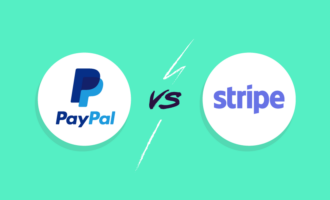



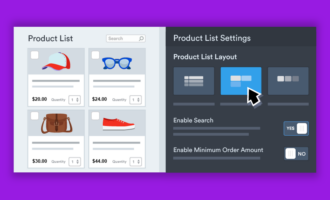
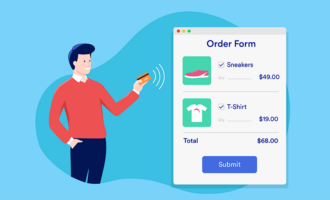

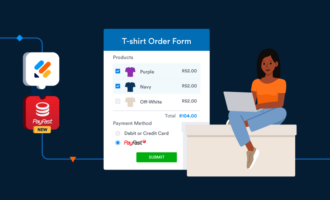


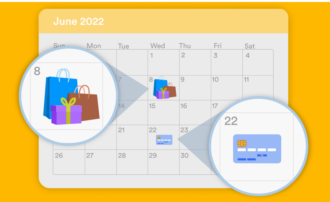



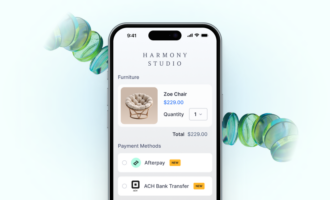






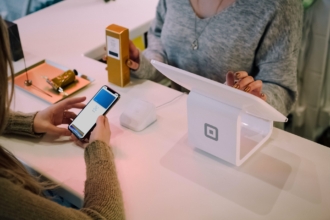
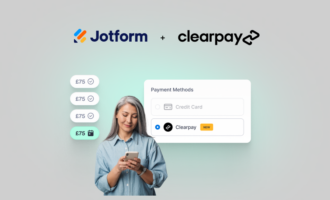


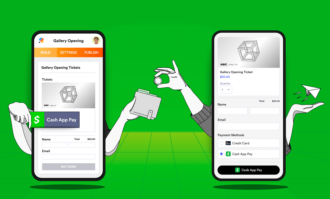



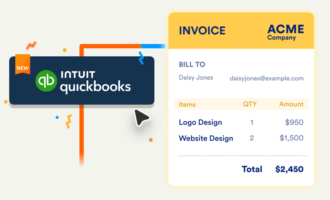



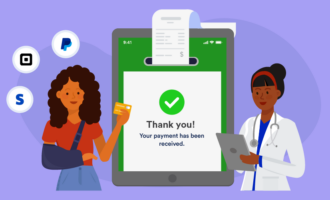
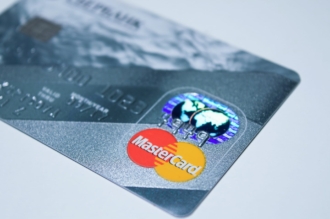
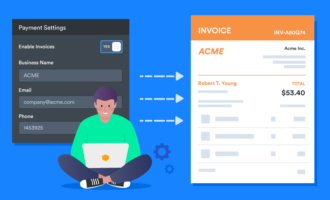









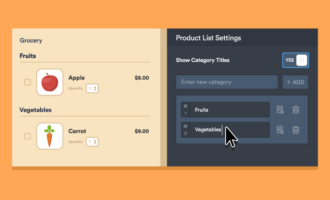
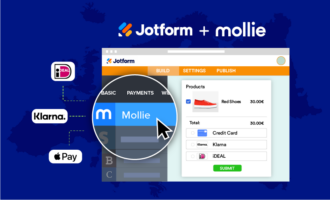
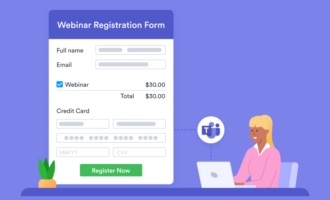


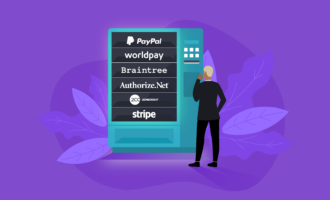


Send Comment: